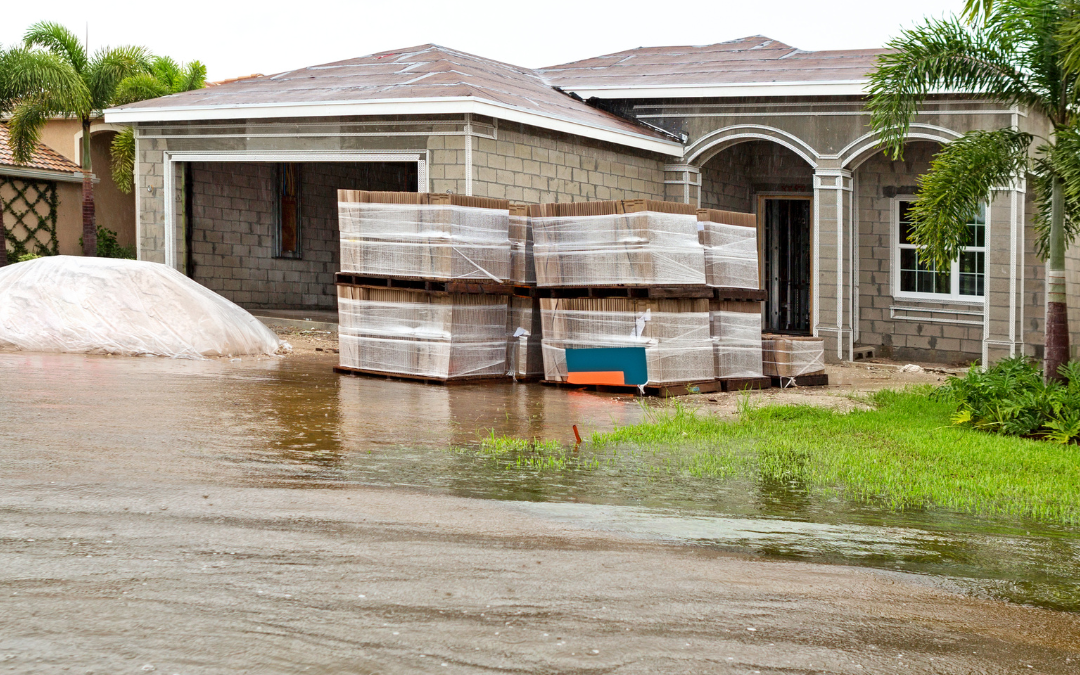It’s the most dreaded season for most Floridians – hurricane season. Unfortunately, nature is beyond anyone’s control. As a homeowner, the best you can do is to prepare, especially if you live in an area prone to flooding.
Still, even with the best preparations, it’s not uncommon to have reports of widespread damage in many Florida homes. So, how do you cushion yourself against the potential dangers and damage a hurricane can cause to your home?
For most residents of Florida, the answer has been the NFIP (National Flood Insurance Program. Since 1968, the NFIP’s primary goals have been:
- Reducing future flood damage
- Protecting property owners against the effects of floods
However, previous models used to determine insurance premiums have been skewed. Fortunately, the new regulation takes a unique approach that FEMA refers to as ‘Equity in Action.’
What’s New?
The NFIP has been working on implementing a new risk rating regulation for all its policyholders over the next few months. The new methodology is anchored on industry best practices and intelligent technology that enables FEMA to revise rates to equitable standards that reflect a property’s actual flood risk. Previously, insurance rates have been primarily based on static measurements, with a property’s elevation taking precedence. Unfortunately, this limits the number of variables considered when determining insurance premiums and repayment of claims.
The new model mitigates this discrepancy by creating more metrics for determining fair premiums. Among the additional factors that will be considered moving forward include:
- Flood frequency
- Flood type (river overflow, heavy rainfall, coastal erosion, storm surge)
- Distance to a water source
- Property elevation
- Cost to rebuild
What this means for you as a homeowner is that you’ll pay premiums depending on the risk of flood damage in your location. Lower flood risk and a lower home value will attract lower premiums. A property with higher flood risk and high home value will attract higher premiums.
What’s Not Changing?
While this Risk Rating 2.0 is a welcome change, specific statutory requirements have been maintained. They include:
- A limit for annual rate increments at no more than 18%
- Using FEMA’s Flood Insurance Rate Maps to develop premium rates
- Features such as premium discounts for newly mapped pre-FIRM subsidized properties, transferable policies and policy discounts when homes change owners, and discounts for property owners in communities that are participants of the Community Rating System
How to Prepare for Your Home for Hurricane Season
Even if your home is insured, it’s good to prepare it for hurricane season. You can do this by:
- Add roof straps – These metal fasteners attach a home’s roof to its walls, making it less likely for the wind to blow away.
- Review your insurance policy – Having an insurance policy to protect your home against floods and hurricanes is a good idea. We recommend reviewing your policy with your agent. Make sure your policy insures the structure at the “Replacement Cost” rather than the “Actual Cash Value.” Those two values can vary greatly.
- Secure roofs, porches, and carports – Rooftops are often the most prominent point from which water from a hurricane enters your home. Be sure your roof is inspected and repaired before a storm. Similarly, ensure porches and carports are adequately anchored. Otherwise, they might be blown away and into your property’s exterior walls or roof, causing extensive damage.
- Clear your lawn – Hurricane winds are often between 100 – 150 mph, enough to lift and blow most debris out of the way. Any loose furniture or debris on your lawn can be blown into your home and cause significant damage.
When Will the New Flood Insurance Regulations Take Effect?
Phase I of transitioning policies to this new rating methodology started on October 1, 2021, when new policies were issued on the new rating methodology. Property owners whose policies were due for renewal back then were eligible for the program, effectively reducing their premiums.
Phase II of the implementation started on April 1, 2021, with all policies renewing after enjoying the advantages of the new methodology.

